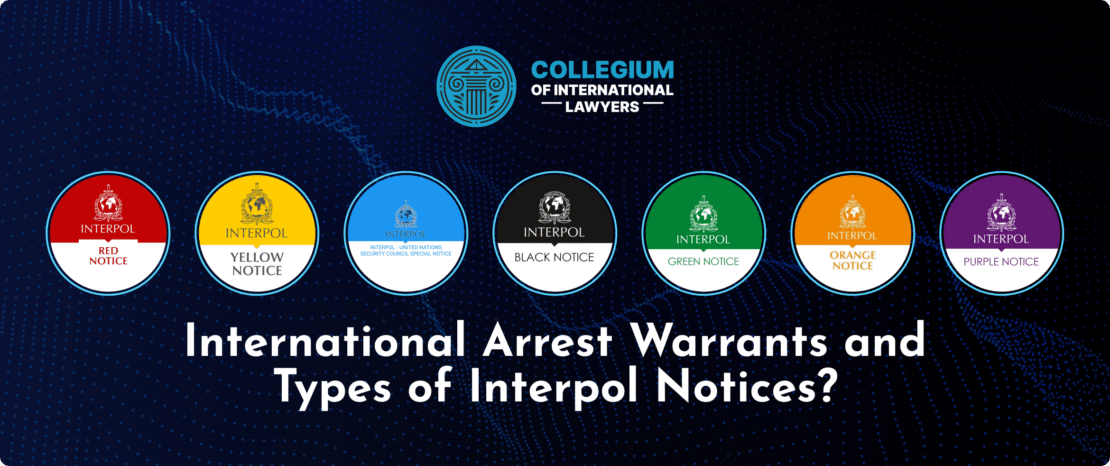
Understanding the Abuse of Notification Systems
In a world where communication is instant and information is readily available, notification systems are crucial for keeping users updated and informed. However, like any other system, these notification mechanisms are susceptible to abuse. This article dives deep into the various forms of such abuse and their consequences. For a comprehensive guide on the methods of system abuse, please visit abuso del sistema de notificaciones rojas yaconic.com/los-5-principales-metodos-de-abuso-del-sistema-red-notice-2/.
What Are Notification Systems?
Notification systems are designed to alert users about important events or actions related to their interests. Whether it’s an app notification, email alert, or system alert, these tools are integral in modern digital communication. They help users keep track of updates, messages, or actions required on their part. With the rise of mobile applications, the importance of effective notification systems has increased exponentially, providing avenues for swift engagement between users and platforms.
Types of Notification Abuse
While the primary purpose of notification systems is to enhance user experience and engagement, they can also be misused. Understanding the different types of notification abuse is crucial for developers and users alike. Below are some common forms:
1. Spam Notifications
Spam notifications flood users with excessive or irrelevant alerts, causing irritation and distraction. Originating from either automated systems or malicious actors, spam notifications can overwhelm users, leading to notification fatigue. This phenomenon can cause users to disengage or ignore legitimate notifications altogether.
2. Phishing Attacks
Phishing, a technique where attackers impersonate legitimate entities to steal sensitive information, often utilizes notification systems. Users may receive notifications that appear credible but are designed to extract personal information, such as passwords or credit card details. Staying vigilant against such manipulation is essential for users to protect their sensitive data.
3. Social Engineering Threats

Social engineering involves tricking users into making security mistakes. Notification systems can be employed to mislead users into believing they need to take urgent action, such as updating credentials or confirming transactions. These false alarms can result in compromised accounts and lost data.
4. Denial of Service Attacks
Abusing notification systems for denial of service (DoS) attacks is another form of misuse. Malicious actors may bombard a specific system with excessive notifications, leading to system overload and disruption of services. This can be particularly damaging for businesses reliant on seamless communication and alerts.
5. Misleading Push Notifications
Misleading push notifications can also be considered a form of notification abuse. These notifications can exaggerate urgent matters to drive clicks or engagement, often leading users to take unnecessary actions. The result is a significant breach of trust between the user and the service provider.
Consequences of Abuse
The abuse of notification systems can lead to severe consequences for both users and organizations. Users may experience decreased trust and increased frustration, while organizations face reputational damage and potential loss of customers. In some cases, legal consequences may arise if the abuse involves personal data breaches.
Preventing Notification Abuse
To combat the abuse of notification systems, several strategies can be employed:
- User Education: Educating users about the potential risks associated with notifications can empower them to recognize and avoid abuse.
- Robust Filtering Mechanisms: Developers should implement effective filtering mechanisms to identify and mitigate spam and phishing notifications.
- Feedback Loops: Creating channels for users to report abusive notifications allows organizations to address issues promptly.
- Two-Factor Authentication: Implementing two-factor authentication can add an extra layer of security, reducing the chances of unauthorized access through notification prompts.
- Regular Audits: Organizations need to conduct periodic audits of their notification systems to ensure they are functioning as intended and are not becoming breeding grounds for abuse.
Conclusion
As notification systems continue to evolve and permeate various aspects of digital interaction, the potential for abuse remains a pressing concern. Awareness of the types and consequences of notification abuse is crucial for both users and developers. By fostering an environment of vigilance and employing preventive measures, we can mitigate the risks associated with notification systems. Ultimately, the goal should be to enhance user experience while safeguarding against misuse. As we move forward, continued dialogue on best practices and strategies will be essential in maintaining the integrity of these vital communication tools.